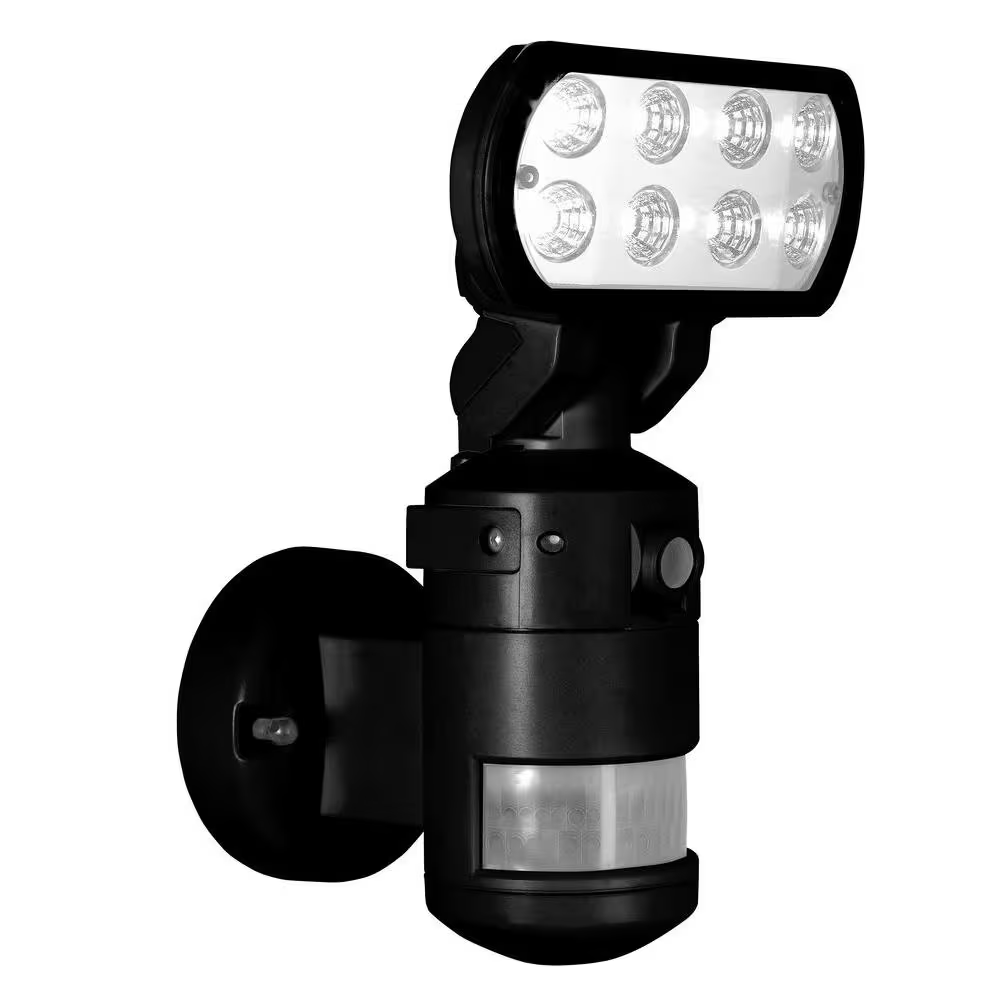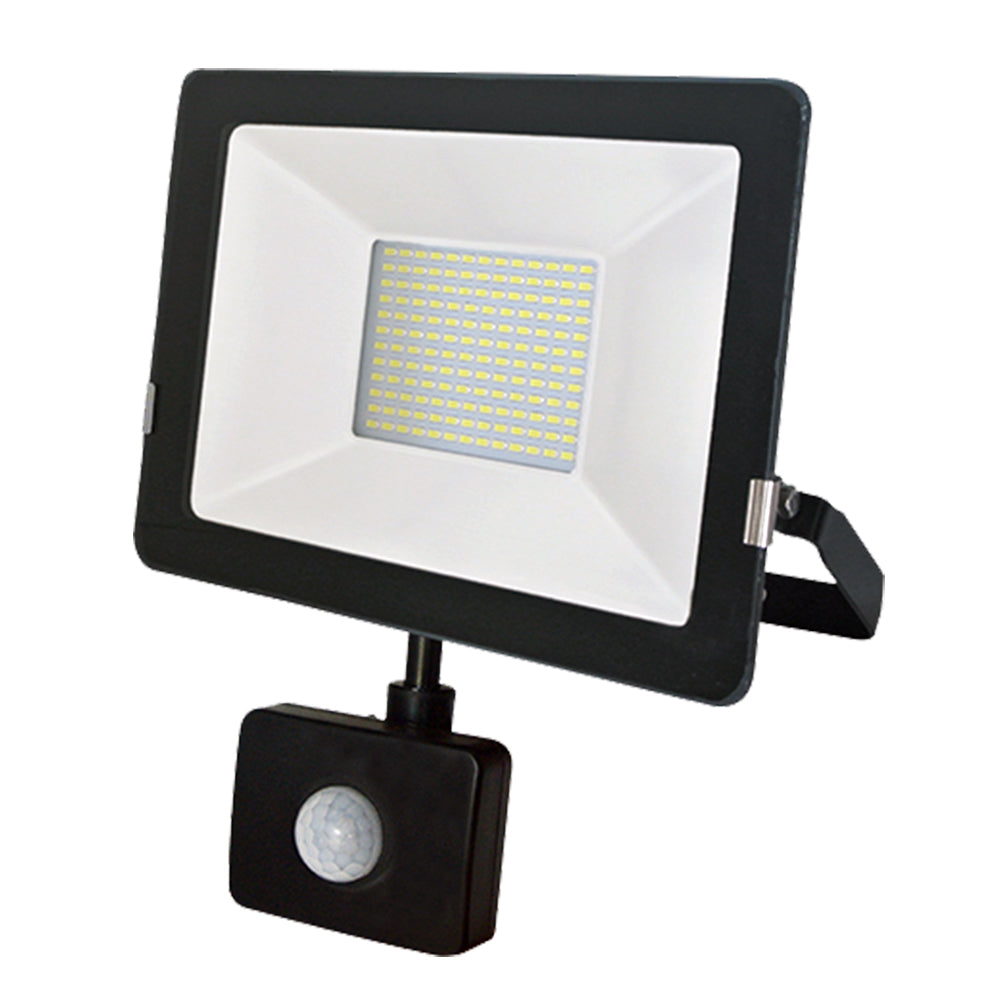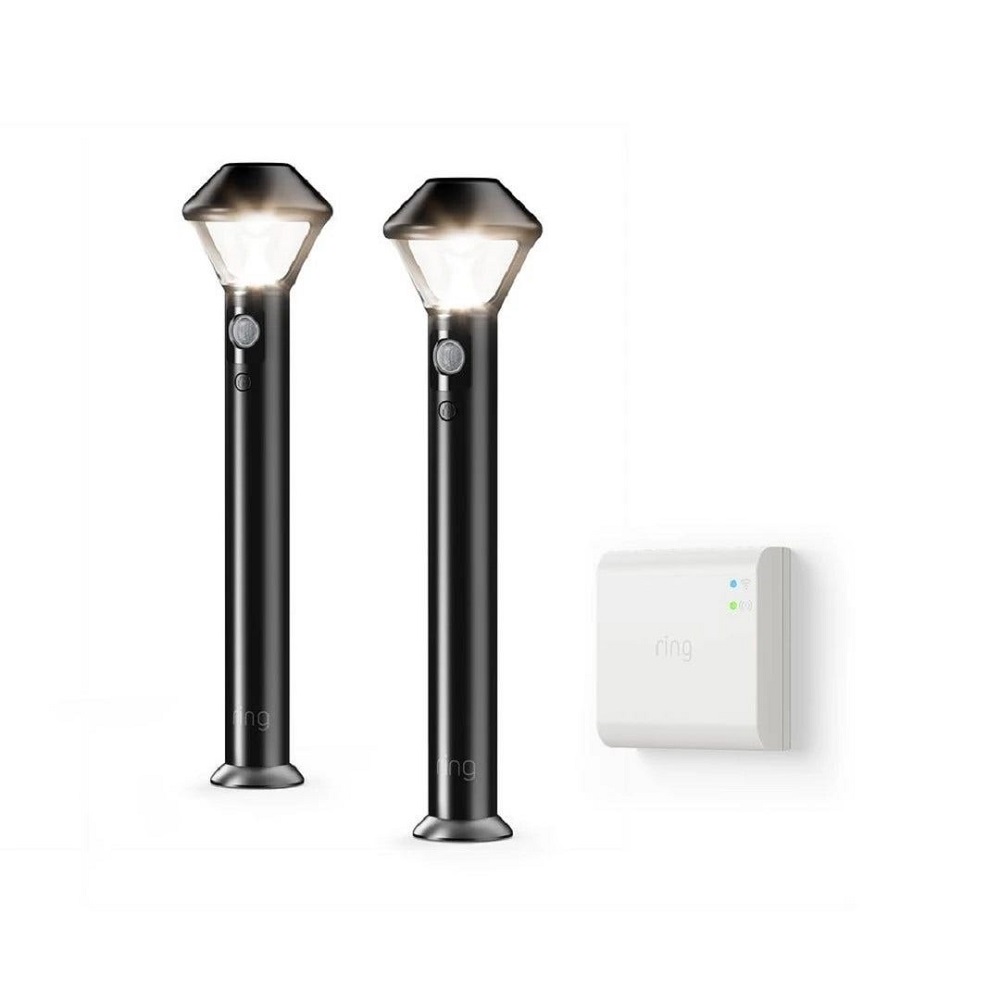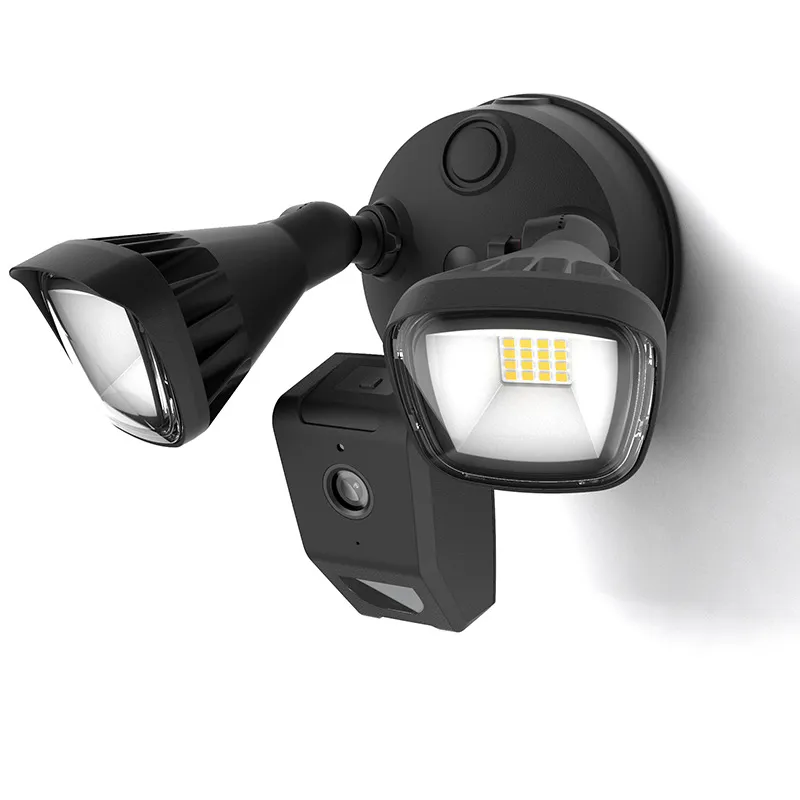The Rise of Internet-Connected Light Bulbs
The use of smart lighting has seen a remarkable climb over the years. Our lamps now do more than illuminate. They link to the internet, offering features unheard of in traditional bulbs. With a smartphone, users can control brightness and colors from anywhere. This convenience, however, brings security concerns that merit attention.
Vulnerabilities in Smart Lighting Systems
Smart lighting security is a growing concern as these devices become more common. Research has identified vulnerabilities within smart lighting systems. Attackers could exploit these flaws, causing light bulbs to blink uncontrollably, or worse, assume full control. For instance, known vulnerabilities like CVE-2022-39064 and CVE-2020-6007 have shown these risks are not hypothetical. They can lead to unauthorized access and potentially hijack home networks. Such incidents underscore the importance of securing internet-connected devices, including light bulbs, against potential threats.

Historical Exploits and Security Breaches
The history of smart lighting reveals numerous security breaches, driven primarily by the increasing integration of Internet of Things (IoT) within consumer homes. As smart home devices proliferate, they become attractive targets for cyber attackers looking to exploit vulnerabilities.
Case Studies of Smart Bulb Hacks
Several case studies demonstrate the vulnerabilities associated with smart lighting systems. In 2017, academic researchers were able to take control over smart lightbulbs, unveiling a potential for a chain reaction across a network affecting an entire city. More recently, vulnerabilities like CVE-2020-6007 exposed how attackers could infiltrate entire home or office networks through compromised IoT devices like smart bulbs. Notably, the Philips Hue smart bulbs were found to have security flaws that allowed attackers to install malware via the bulbs’ control bridge, jeopardizing network security.
These incidents serve as critical reminders of the risks associated with IoT devices. They underscore the necessity for robust security measures and constant vigilance in updating and patching firmware to protect against unauthorized access and control.
Understanding IoT and Smart Lighting Integration
The Internet of Things (IoT) and smart lighting go hand in hand. Light bulbs now can connect to home Wi-Fi networks. This tech makes our daily life easier. Yet, it opens new doors for cyber threats as well. Devices that connect to the internet, like smart bulbs, can pose risks. They can become entry points for attackers into your home network.
Challenges in Securing Internet-Connected Devices
Securing IoT devices, including smart lighting, is a tough task. First, they are everywhere. So many devices mean more potential weak spots. Second, they often lack strong security from the start. It’s cheaper to make them this way, but it’s risky. Also, updating these devices is not always straightforward. Users might not know how to do it or even that they need to update at all. This lack of knowledge and the complexity of IoT ecosystems make security a real challenge.

Specific Security Flaws in Smart Bulbs
Understanding the specific security flaws in smart bulbs is crucial to maintaining safe IoT environments. Specific vulnerabilities, often designated by Common Vulnerabilities and Exposures (CVE) identifiers, underscore the serious risks these devices can pose.
CVE Examples and Their Implications
For instance, the CVE-2020-6007 reveals a significant vulnerability in Philips Hue smart bulbs. Attackers could exploit this flaw to infiltrate the control bridge and eventually, compromise entire network systems in homes or offices. In such cases, malware can be installed remotely on a bulb and then spread to control bridges and other connected devices. This kind of security breach can provide attackers with access to sensitive personal and business data, and even enable them to deploy ransomware. The CVE-2022-39064, on the other hand, showcases how a security flaw allowed unauthorized control of bulb settings, disrupting user configurations. These examples highlight the direct implications of smart bulb vulnerabilities. They can lead to privacy breaches and serve as entry points for more extensive network attacks. Therefore, it becomes evident that users need to remain vigilant and prompt in applying firmware updates provided by manufacturers to mitigate such risks.
Preventive Measures and Security Best Practices
As we explore the vulnerabilities present in smart lighting systems, it is crucial to discuss preventive measures and best practices for securing these devices. Ensuring robust security for internet-connected lighting involves several strategic steps that not only protect individual devices but also safeguard entire home networks.
How to Secure Your Smart Lighting
- Regular Firmware Updates: Always keep the firmware of your smart bulbs up to date. Manufacturers often release patches to fix known vulnerabilities. Set your devices to update automatically if possible.
- Strong Network Security: Secure your Wi-Fi network. Use strong, unique passwords and consider advanced encryption protocols. Avoid using default network names and passwords.
- Use Trusted Brands: Choose smart lighting products from reputable manufacturers. Trusted brands are more likely to adhere to higher security standards and provide regular updates.
- Disable Unnecessary Features: Turn off features you don’t use. Hackers can exploit these to gain unauthorized access.
- Educate Yourself on Security Settings: Understand the security features of your smart lighting systems. Learn how to configure settings to maximize security.
- Monitor Connected Devices: Regularly check which devices are connected to your network. Unauthorized devices could indicate a breach.
Implementing these strategies will significantly enhance the security of your smart lighting systems and protect against potential cyber threats.

Firmware Updates and Manufacturer Responsibility
Addressing security in smart lighting involves more than just user vigilance; manufacturers have crucial roles as well. Keeping firmware updated is a foundational aspect of securing smart devices against potential threats. Regular firmware updates can fix vulnerabilities that may be exploited by cyber attackers. Some manufacturers enable automatic updates. This feature is vital as it maintains device security consistently without user intervention.
The Role of Companies in Ensuring Device Safety
Manufacturers must ensure the safety and security of their devices. They need to provide regular security updates and patches. This often includes fixing known vulnerabilities promptly. Companies should also offer clear, easy-to-follow instructions for manual updates. They need to communicate openly about any risks associated with their devices. An ethical responsibility exists for manufacturers to prioritize user safety in their operations. These responsibilities form the backbone of consumer trust and the integrity of smart device security.
Future of Smart Lighting Security
As we look to the future, smart lighting security will continue to evolve. With the number of internet-connected devices increasing, the focus on safeguarding our homes and networks against threats becomes even more vital.
Innovations and Predictions
In the coming years, we can expect significant advancements in the realm of smart lighting security. Here are a few predictions and innovations that may define the future:
- Advanced Encryption: Newer and stronger encryption methods will likely be developed to protect data transmissions between smart bulbs and networks.
- AI-Powered Monitoring: Artificial intelligence may be used to detect abnormal behaviors in smart lighting systems, quickly identifying potential threats.
- Integrated Security: Smart bulbs may come with built-in security features, reducing the need for separate security systems.
- Automatic Patching: Manufacturers could implement systems where security updates are automatically and securely applied without user intervention.
- End-to-End Security: From design to disposal, every phase of the smart bulb’s lifecycle would incorporate security considerations.
- Industry Standards: The adoption of universal security standards for IoT devices, including smart bulbs, would help streamline protection measures.
By staying ahead of potential issues with these innovations, the future of smart lighting security looks bright. Users and manufacturers alike must continue working together to ensure that the integration of convenience and connectivity does not come at the cost of safety and privacy.
